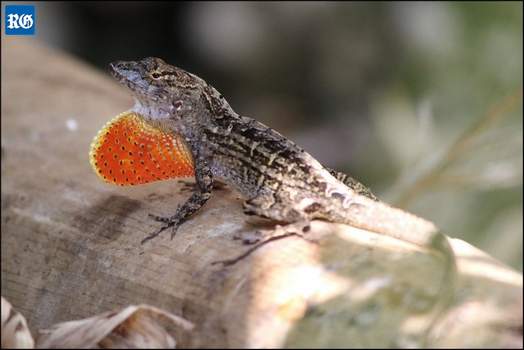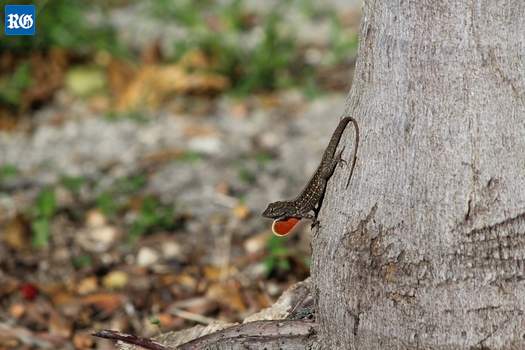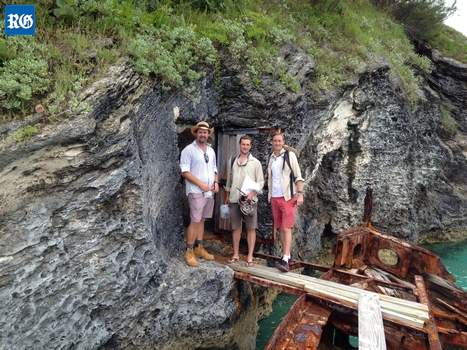Recent News
Flamingos on the moveSaturday, June 02, 2012
Plastic flamingos will be paying surprise visits across the Island this month — as they move on from their starting point on the lawns of Government House.
Governor Launches BZS Flamingo Fundraiser
Friday, June 01, 2012
Bermuda’s new Governor George Fergusson today [June 1] helped Bermuda Zoological Society [BZS] launch its annual “Flamingo Flocking Fun-raiser” on the Government House lawn.
Rescue effort unable to save stranded whale
Friday, June 01, 2012
A 17-foot minke whale calf that died after wandering into the shallows of St George's Harbour was salvaged for research by its would-be rescuers.
Whale dies despite rescue bid
Thursday, May 31, 2012
FRIDAY, JUNE 1 UPDATE: Volunteers fought desperately to save a stricken baby whale that beached itself in St George’s yesterday.
Lemurs check-in and check out their new home
Thursday, May 31, 2012
Three ring-tailed lemurs have been introduced to the Madagascar Exhibit at Bermuda Aquarium, Museum and Zoo.
About
GovernanceAbout Us
Newsletter
Latest News
Gift & Bookstore
Contact
General Inquiries
info@bzs.bm
Latest News
All the latest updates and news from the Bermuda Aquarium, Museum, and Zoo, one of Bermuda's leading visitor attractions!
Jonathan Bell
Published Nov 2, 2017 at 8:00 am (Updated Nov 2, 2017 at 6:05 am)

The brown anole lizard in Bermuda (Photograph by James Stroud)
Bermuda’s endangered skinks are soon to cross paths with a thriving invasive species that already outnumbers the entire native population.
James Stroud of Florida International University said the brown anole lizard had been recorded “living in some of the highest densities of any terrestrial vertebrate on Earth”.
Dr Stroud’s report was shared with The Royal Gazette in the wake of an article on the lizard’s spread after the reptiles were spotted around Aberfeldy nursery in Paget.

The brown anole lizard in Bermuda (Photograph by James Stroud)
Other clusters of the foreign lizard were found on the grounds of Belco and a lumber yard at Mill Creek, both in Pembroke.
The report, with Sean Giery from North Carolina State University and Mark Outerbridge from the Department of Environment and Natural Resources, “conservatively” estimated there were 4,000 to 5,000 of the lizards on the island — dwarfing a total skink population of 3,500.

Researchers on Nonsuch Island: from left, Mark Outerbridge of the Department
of Environment and Natural Resources, Sean Giery from the University of Connecticut,
and James Stroud of Florida International University (Photograph supplied)
The two species overlap “substantially” — both lizards prefer to stay on the ground, and eat the same ground-dwelling insects and spiders.
The scientists estimated that contact between the species might occur in less than ten years.
Brown anole numbers appear to reflect “an initial stage of invasion, and prior to exponential growth” — meaning the lizards could become a familiar sight around the island.
The brown anole, which is originally from the Caribbean, has spread around the world — partly because the lizards are popular as pets.


